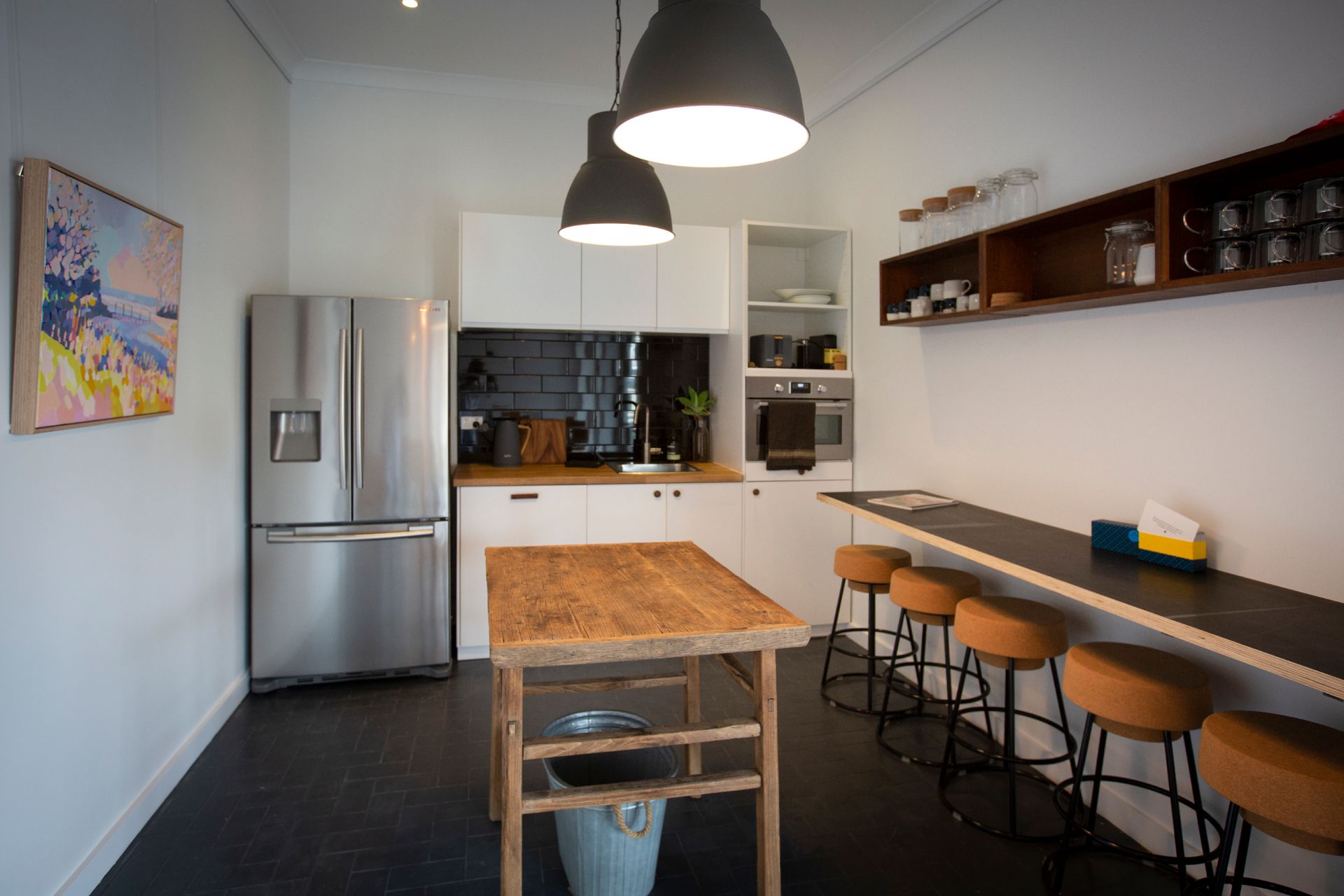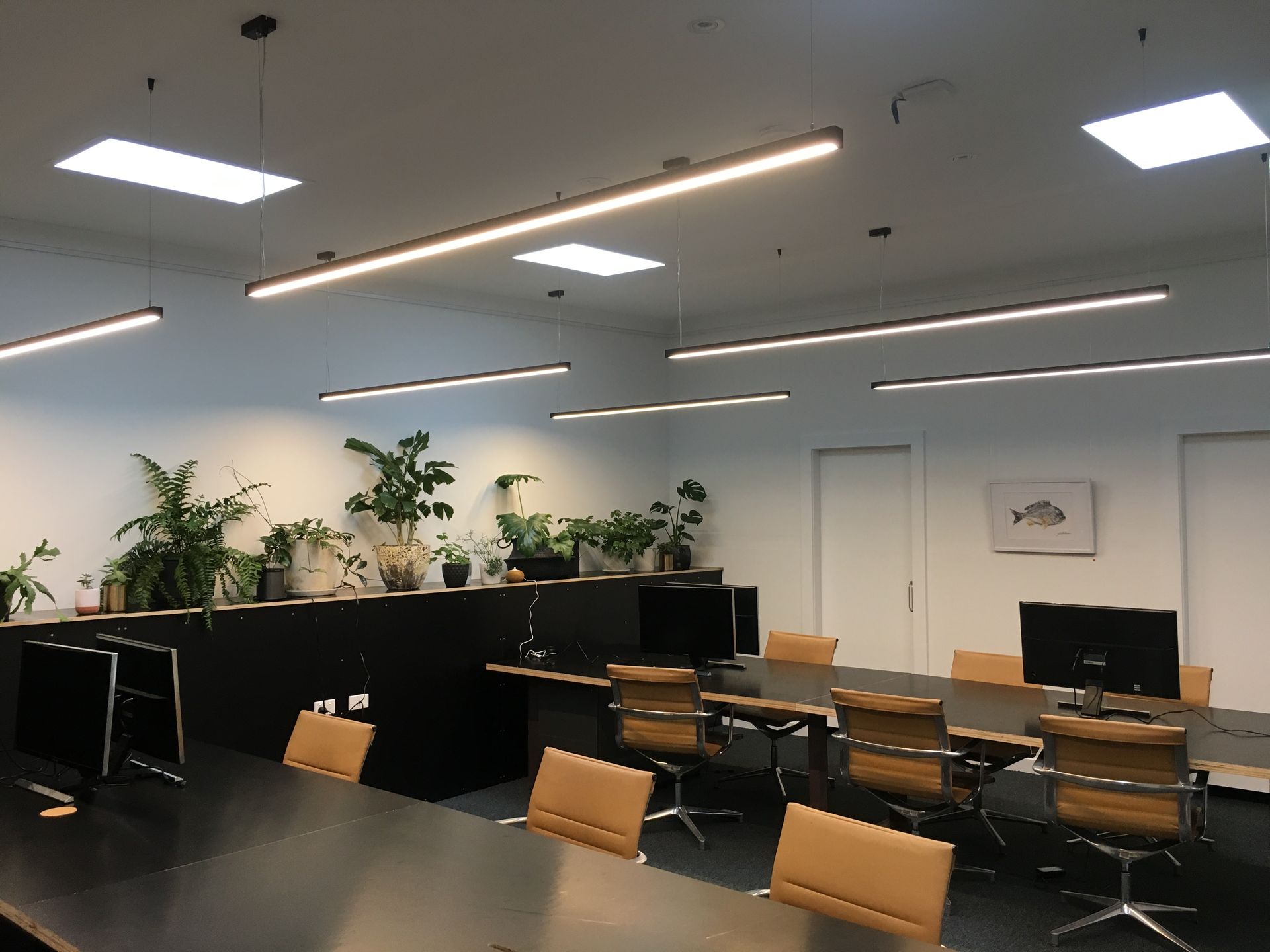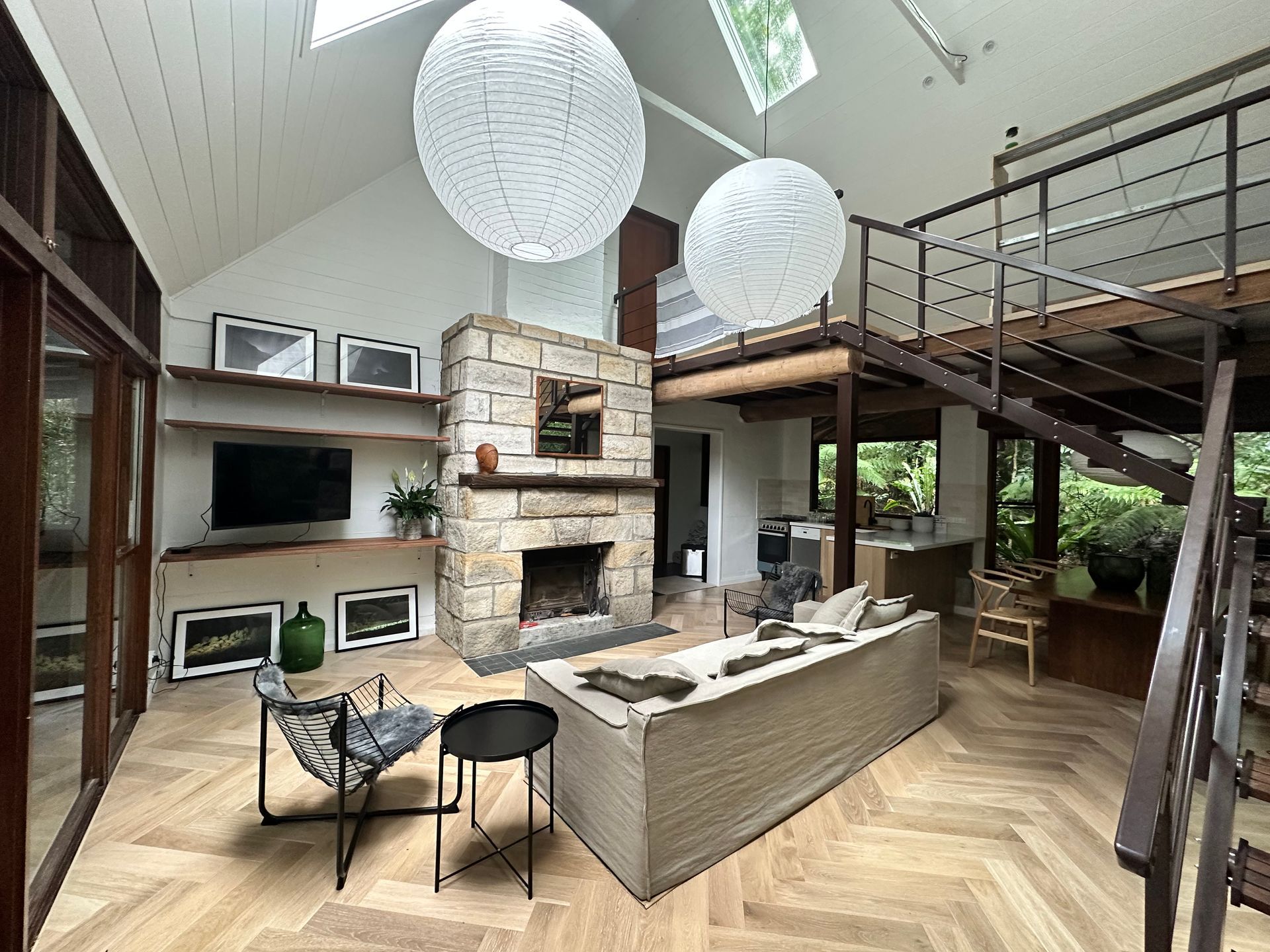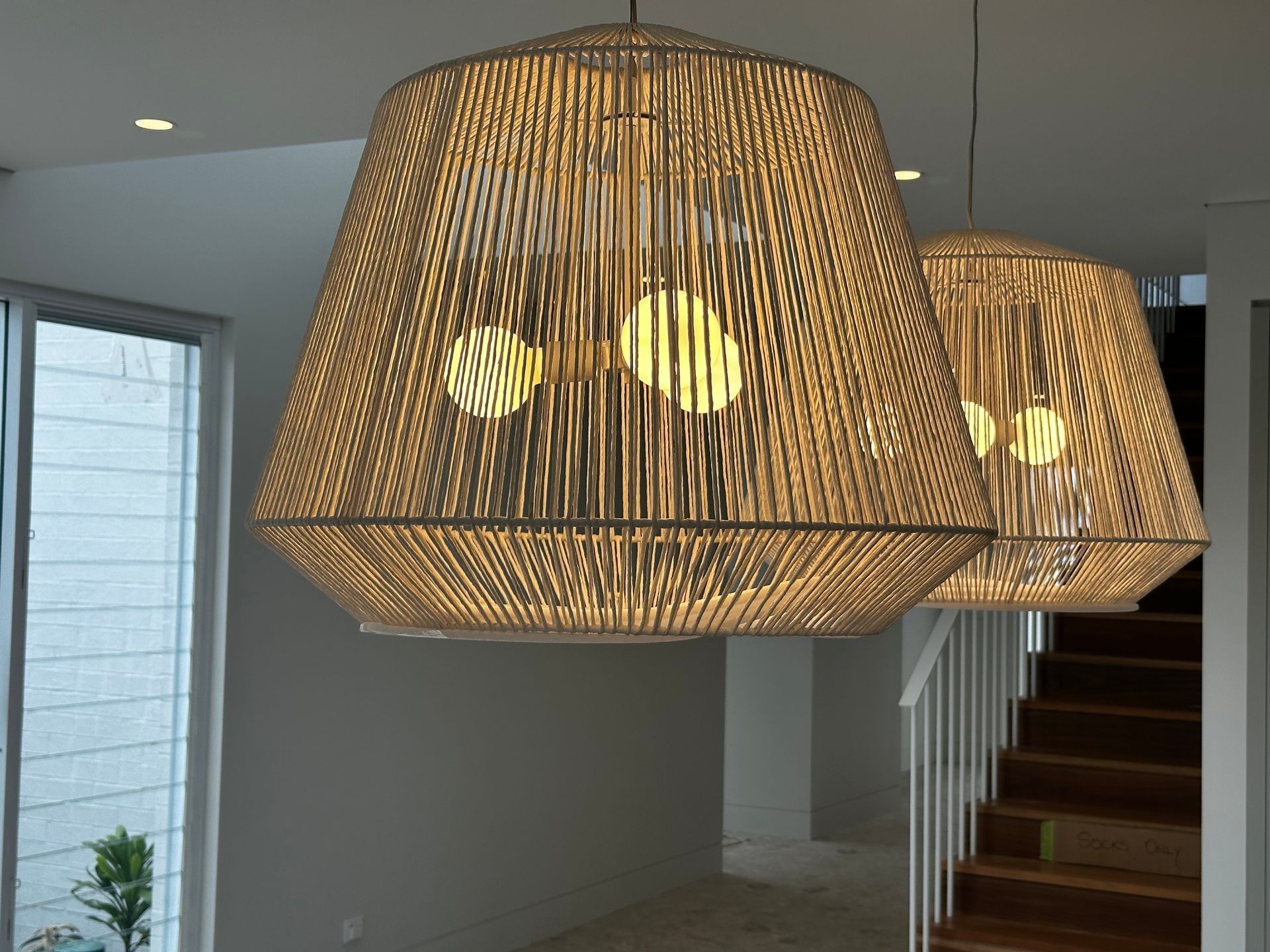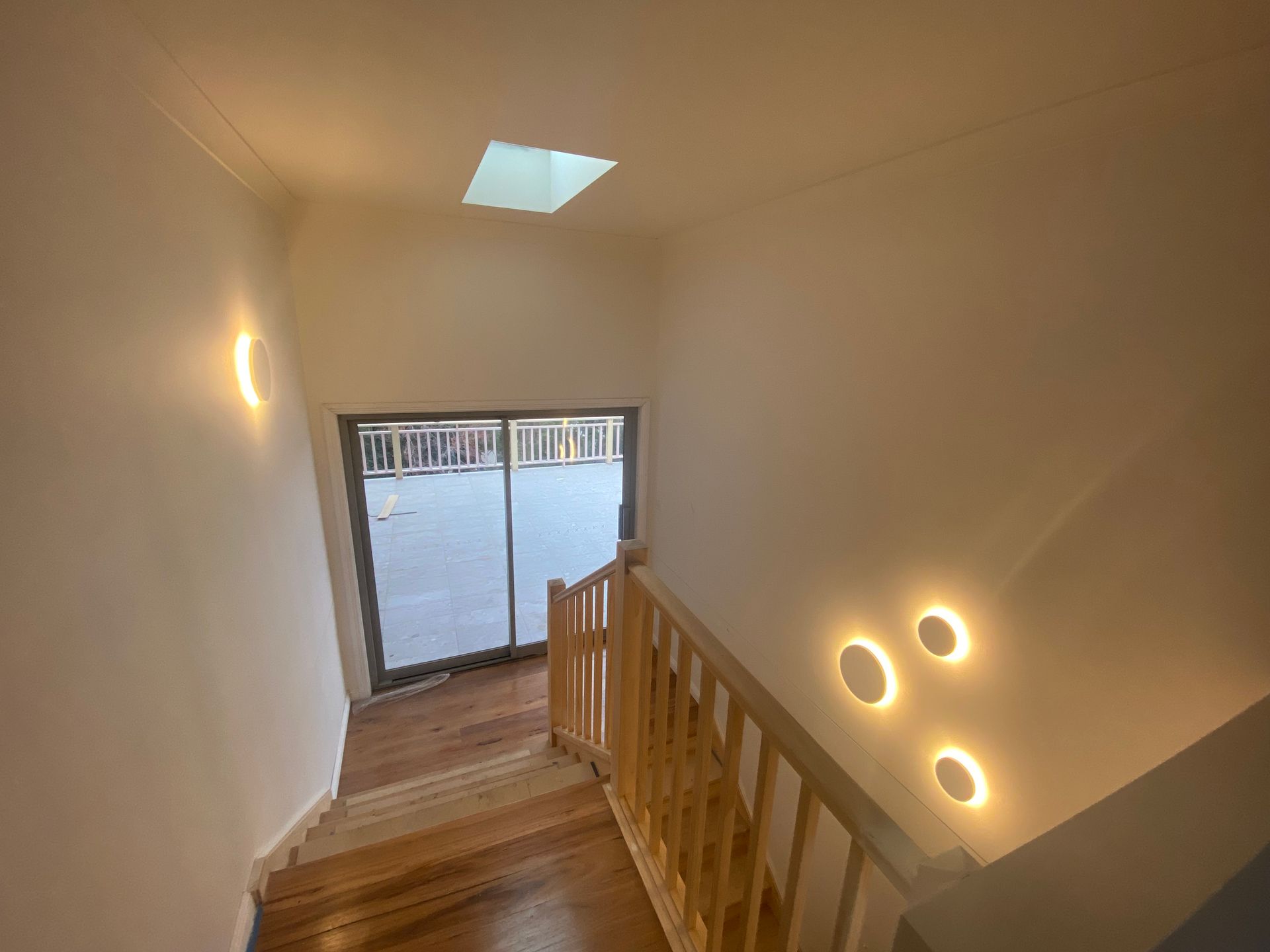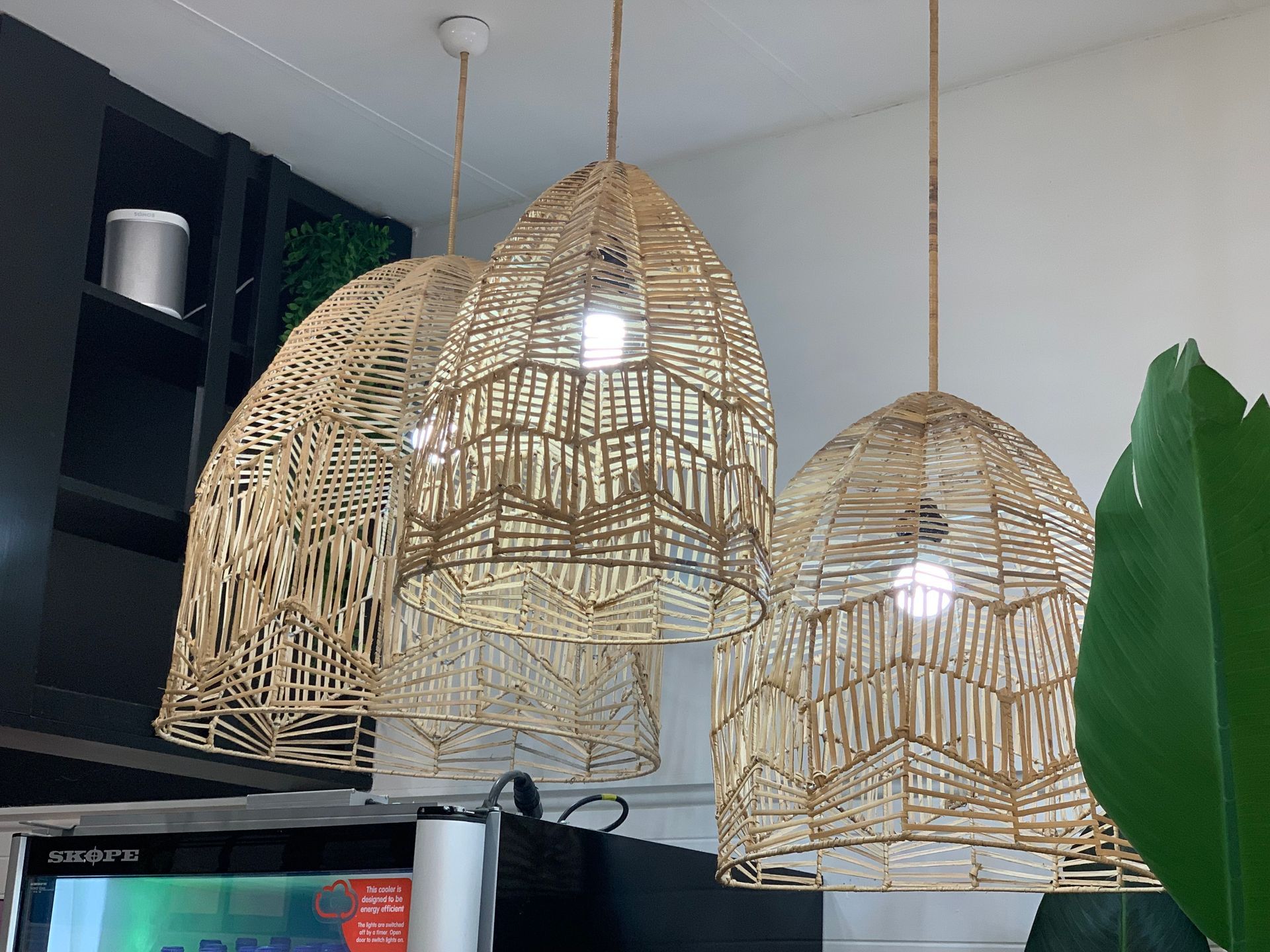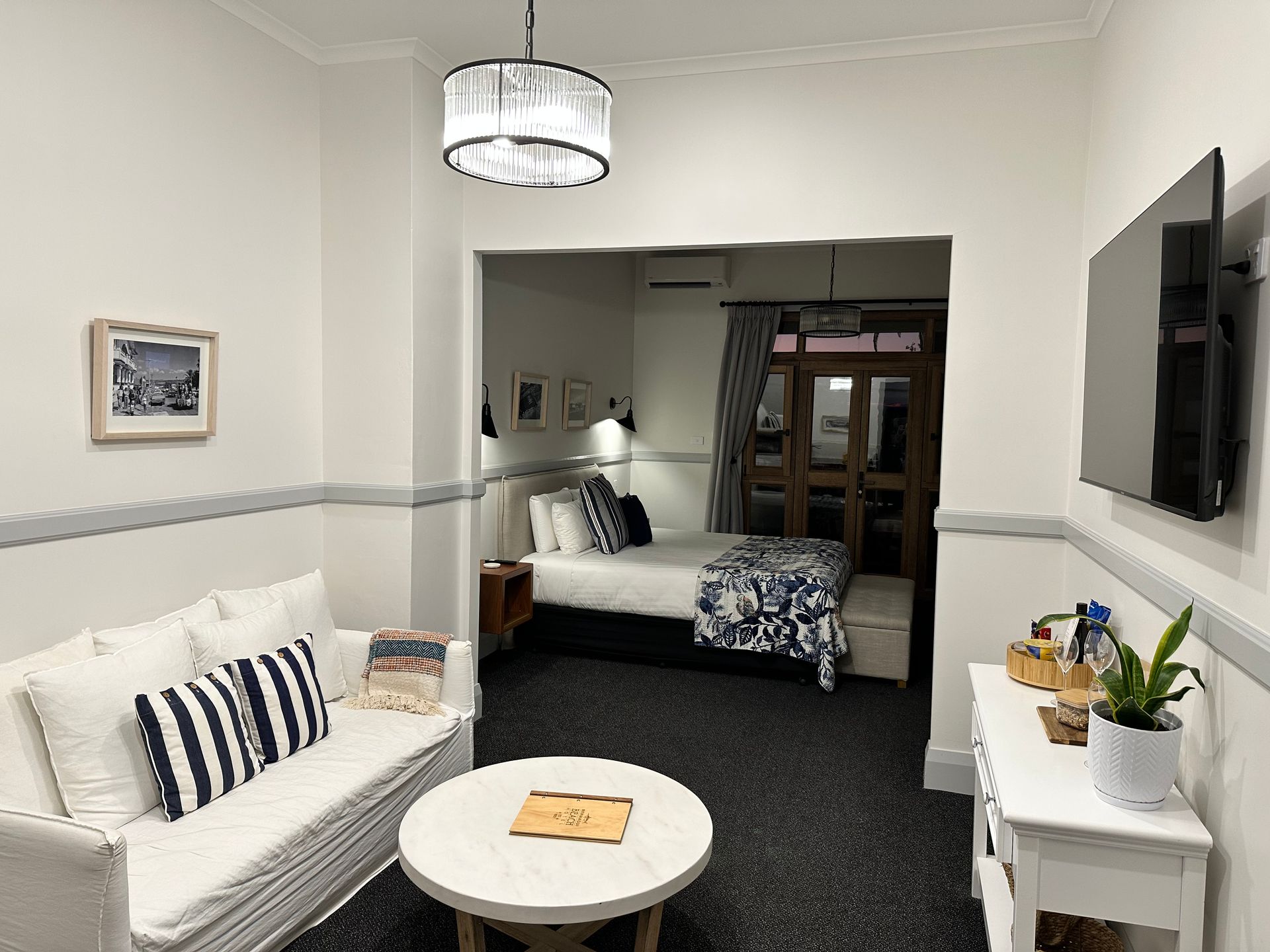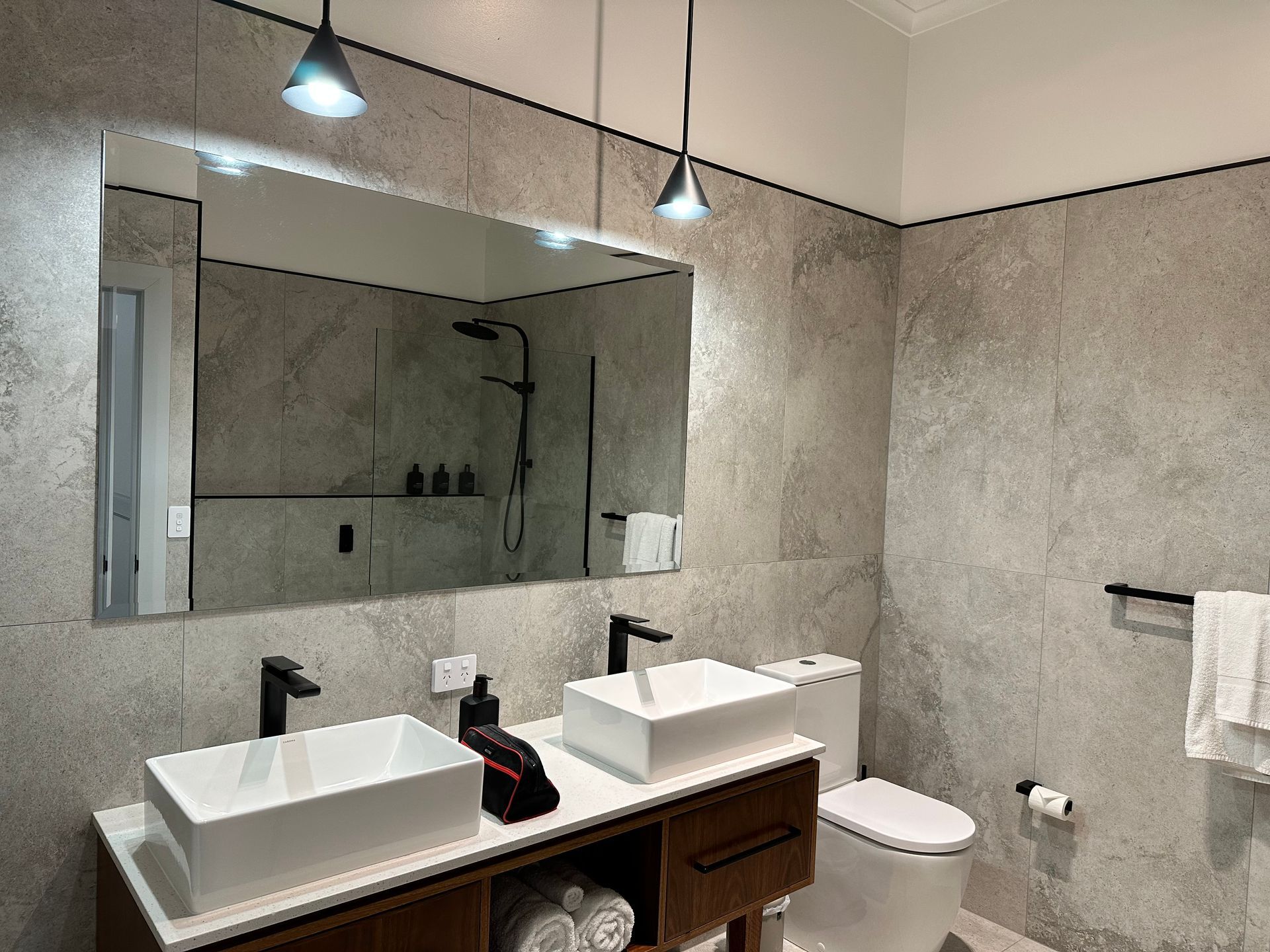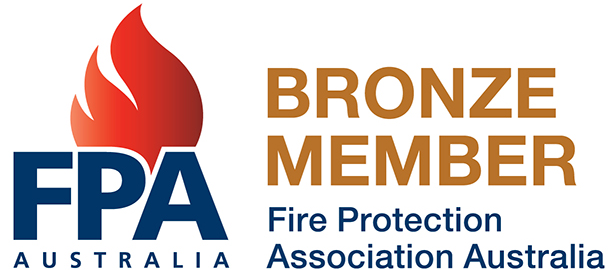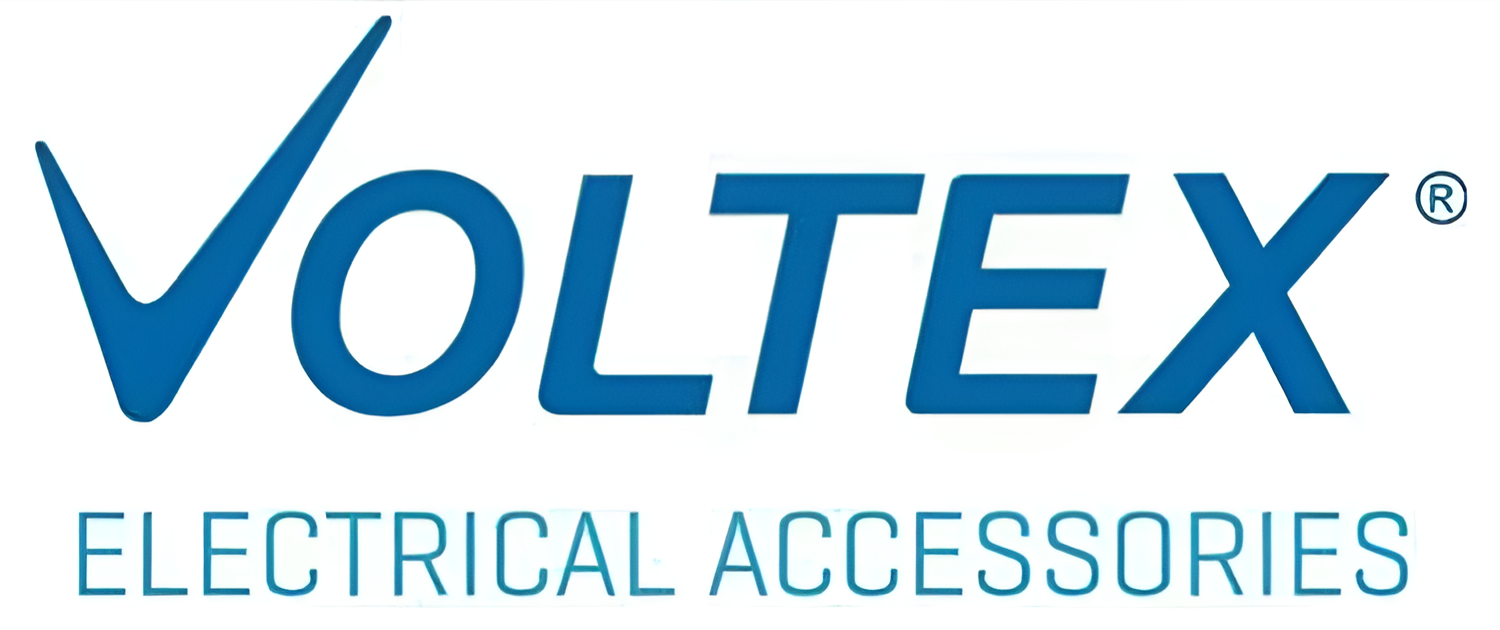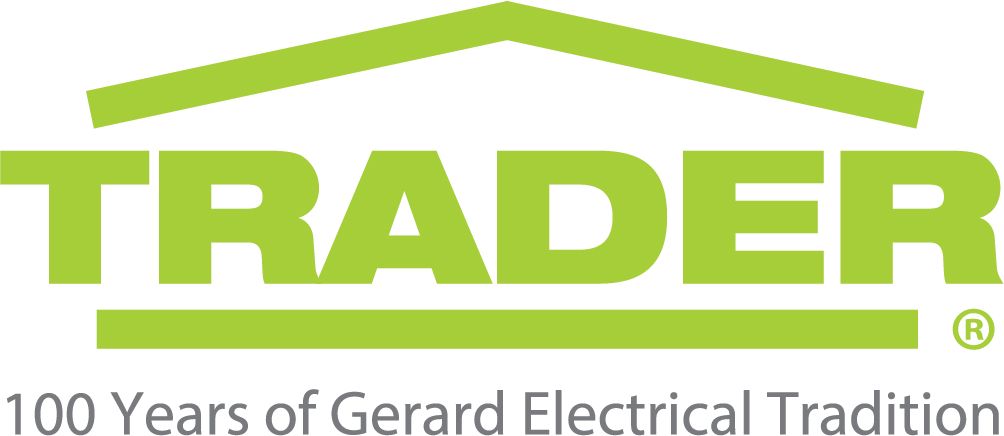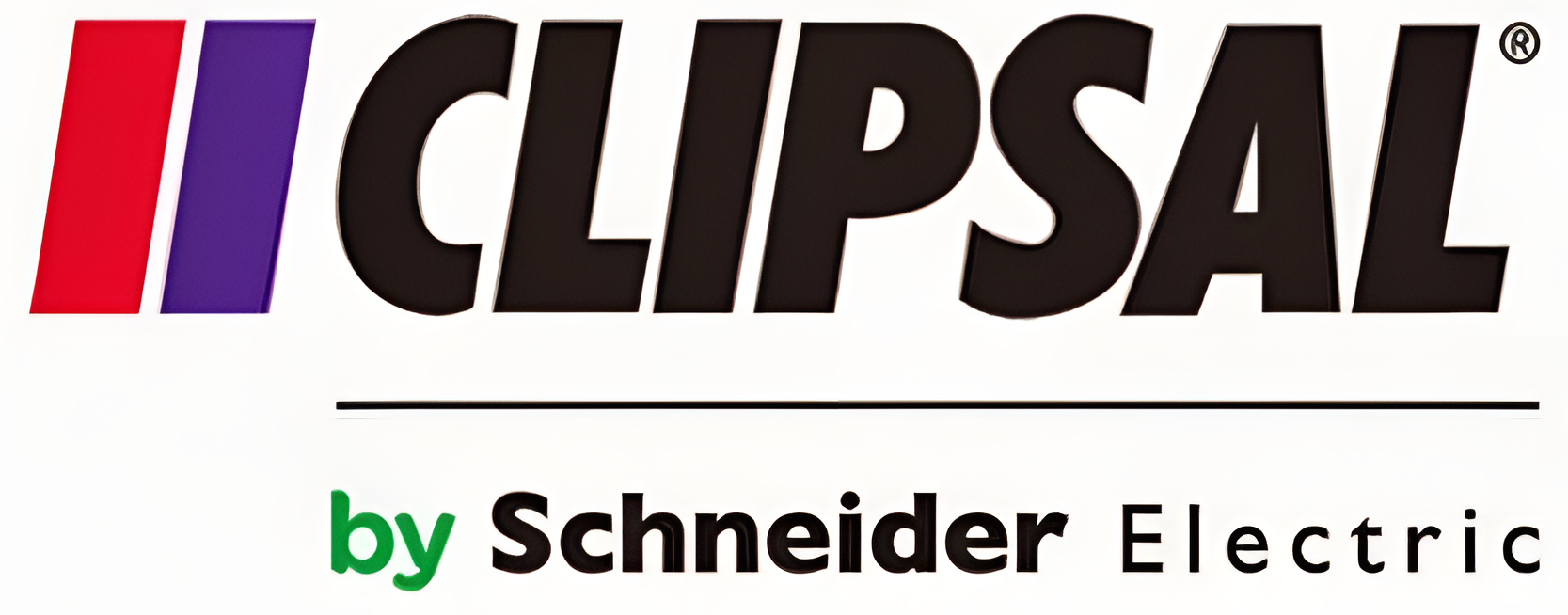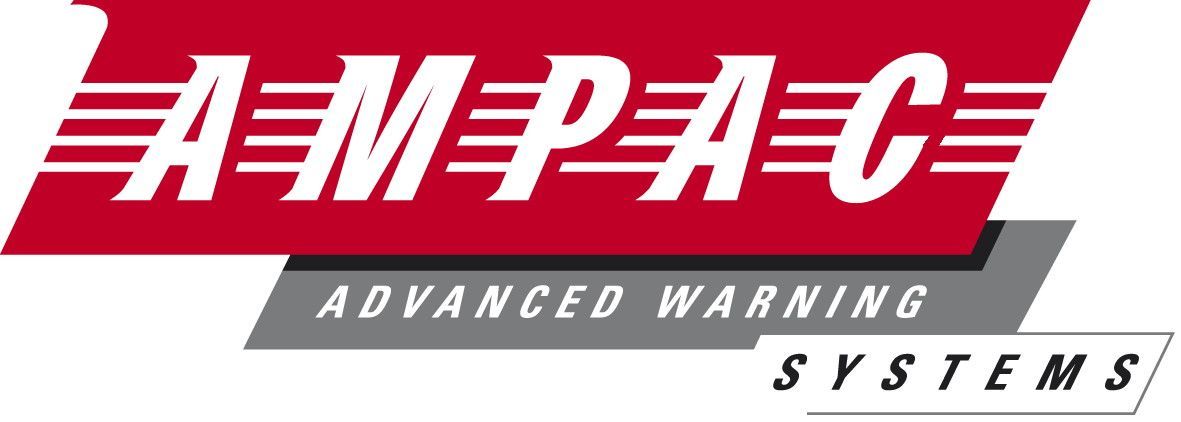FAQ's
-
Can I install additional power points in my home?
Yes, additional power points can be installed in any room of your home, and this is a common upgrade during renovations or fit-outs. A licensed electrician will assess the existing electrical layout to determine the best and safest locations for new outlets.
Whether you need more access in your kitchen, home office, or entertainment area, adding power points helps reduce reliance on extension cords and power boards, which can be a safety hazard if overloaded. You can also choose outlets with integrated USB ports or smart features for added convenience.
-
What is home automation and how does it work?
Home automation refers to the use of smart technology to control various electrical systems and appliances within the home. This can include lighting, heating and cooling, blinds, security cameras, door locks, entertainment systems, and even kitchen appliances. These systems are typically controlled via smartphone apps, voice commands, or dedicated home control panels.
Home automation works by integrating devices through a central hub or smart wiring system, allowing homeowners to automate schedules, create “scenes” (like a morning or away mode), and control their home remotely—from anywhere in the world.
Automation can improve energy efficiency, enhance security, and increase comfort and convenience. For example, you can turn on your air conditioner while driving home, receive alerts when someone enters your property, or dim the lights without leaving the couch.
-
How can I future-proof the electrical system in my new home?
To future-proof your home’s electrical system, consider incorporating flexible wiring infrastructure, additional power points, and conduits for future upgrades. Include data cabling for smart home systems, allow for solar panel connections, and choose a modern switchboard with room for expansion.
Home automation is also a key part of future-proofing—features like smart lighting, climate control, and security systems can all be controlled remotely and adapted over time. A well-planned layout that supports changing technologies and household needs will save time and money in the long run.
-
Will you do the electrical wiring for our renovation?
Yes. Though we specialise in commercial and real estate work, we also provide homeowners and renovators with affordable electrical work. From switching lights to rewiring and house renovations.
-
What’s involved in upgrading a switchboard?
Switchboard upgrades are recommended when the existing system can no longer safely handle the home’s electrical demands. During an upgrade, the old board is removed and replaced with a modern unit that includes safety switches (RCDs) and circuit breakers. This improves the protection for all connected circuits and ensures compliance with current Australian Standards.
Upgrading your switchboard is especially important if you’re adding new appliances, installing air conditioning or solar, or undertaking a renovation. It helps prevent overheating, electrical faults, and ensures the home is equipped to handle today’s energy use safely.
-
What electrical work is needed when building a new home?
Building a new home requires a complete electrical fit-out that includes everything from initial wiring and switchboard installation to power points, lighting, and modern safety systems. Key stages of the electrical work include rough-in (wiring before the walls go up), fit-off (installing fixtures like switches, lights, and power points), and final testing to ensure compliance with Australian Standards.
Most new home electrical plans also incorporate data and TV cabling, smoke alarm installation, safety switches, and often home automation systems. A licensed electrician will typically work with your builder or architect to ensure all electrical elements are tailored to your lifestyle and the home’s layout.
-
What is the difference between residential and commercial electrical services?
While both residential and commercial electrical services involve working with electrical systems, they differ significantly in scale, complexity, and regulations. Residential services are designed for homes and usually involve lower voltage systems, simpler layouts, and fewer safety regulations. Commercial electrical systems are more complex and must handle higher power loads to accommodate multiple users, large machinery, or specialised equipment.
Commercial projects also involve more extensive cabling, larger switchboards, backup power systems, and stricter compliance with safety codes, especially in public spaces. Additionally, commercial electricians often work closely with other trades on construction sites and are familiar with project management and coordination across larger teams.
-
Do commercial buildings need regular electrical maintenance?
Yes, regular electrical maintenance is essential for commercial buildings. It helps ensure systems are safe, efficient, and compliant with legal standards. Routine maintenance includes inspecting switchboards, testing emergency lighting, checking safety switches, and identifying signs of wear or overloading.
Scheduled maintenance can help prevent unexpected breakdowns, extend the lifespan of equipment, and reduce the risk of fire or electrical hazards. Many businesses and facility managers also opt for maintenance contracts to keep systems running smoothly and to meet insurance or regulatory obligations. Consistent servicing is especially important for high-traffic or safety-critical environments such as schools, medical centres, and industrial sites.
-
What is included in commercial electrical work?
Commercial electrical work covers a wide range of services tailored specifically for business premises, public facilities, and industrial environments. It typically includes the installation, maintenance, and repair of electrical systems in offices, retail stores, warehouses, schools, and community buildings. Common services include power distribution, lighting design and installation, switchboard upgrades, data and communication cabling, emergency lighting, and safety systems like smoke alarms and safety switches.
More advanced commercial services often involve building automation systems, access control, MATV systems, and energy management solutions. All commercial electrical work must comply with Australian Standards and local building regulations, and must be carried out by a licensed electrician familiar with the complexities and legal requirements of non-residential projects.
-
What electrical services are needed for clubs or community centres?
Clubs and community centres require a broad range of electrical services due to their multi-functional use and high public traffic. These often include full power distribution systems, general and emergency lighting, safety switches, smoke alarm systems, and secure access control. Many also require audio-visual setups, data cabling, and public address systems.
In coastal environments, materials and components must be resistant to corrosion and weather exposure. Energy efficiency and low-maintenance lighting are also priorities, especially in community-run facilities. Electrical installations must be tailored to suit large, open spaces, storage areas, kitchens, and function rooms—all while complying with relevant safety codes and accessibility standards.
-
Can commercial electricians handle both construction and renovation projects?
Yes, commercial electricians are trained to work across both new builds and renovation projects. In new construction, they are involved early in the planning phase to design and install complete electrical systems from the ground up, including switchboards, wiring, lighting, and safety systems.
In renovations or refurbishments, they assess the existing infrastructure, make upgrades as needed, and ensure that all systems comply with updated standards. Experienced electricians are also equipped to manage more complex environments, such as those in public buildings, heritage sites, or high-traffic commercial facilities, where both performance and safety are critical.
-
How are electrical systems designed for churches and places of worship?
Churches and other places of worship often require custom-designed electrical systems to accommodate both traditional architecture and modern functionality. Services may include discreet lighting solutions for heritage interiors, audio-visual wiring for sermons or presentations, power for organ systems or sound equipment, and safety systems like emergency lighting and smoke alarms.
Church buildings may also need upgraded switchboards, energy-efficient lighting retrofits, or smart control systems to improve accessibility and reduce operational costs. Each solution must respect the building’s structure while delivering modern convenience and safety.
-
How does an electrical safety switch save lives?
On a normal power circuit, the current flowing to an appliance returns through the neutral wire. If the circuit is compromised, the electricity can leak to earth through a person in contact with the appliance, causing death or serious injury.
A safety switch detects the loss of power from the circuit, and cuts the supply of electricity in as little as 30 milliseconds – 0.003 seconds. Importantly, this response time is faster than the critical section of a heartbeat, and therefore significantly reduces the risk of death or serious injury.
-
We have issues with our switchboard outside of trading hours. Can you help?
Of course. DG Electrical & Fire is on-call 24/7 for all emergencies. We're more than happy to get you back up and running any time of day or night.
-
Why is my smoke alarm beeping/chirping?
As annoying as a beeping/chirping alarm is, it should not be ignored. The smoke alarm is equipped with a sounder and LED’s in order to communicate with you. The sounder is used when the communication is important (or imminently dangerous).
The two main reasons that smoke alarms chirp or beep is to alert the occupants of a low power condition or to alert of a contaminated detection chamber. To distinguish between the two, please take the following steps;
Power condition – For a mains primary powered smoke alarm look at the smoke alarm and ensure that the green LED is illuminated. You may see the red LED flash every 40 seconds, this is perfectly normal and indicates that a “self-test” cycle has been conducted. If the green LED is not illuminated, then there has been a mains power failure and the smoke alarm back-up battery is nearing depletion, please check and reset the circuit breaker in your home’s distribution board and return to examine the status of the indicators.
If you have a mains primary powered smoke alarm with a replaceable 9-volt Alkaline battery and the alarm beeping/chirping coincides with the red LED indicator flashing (once every 40 seconds), then this is an indication that the back-up battery is in need of replacement. Please replace the depleted battery with one of the following brand types;
Duracell MN1604,
Energizer 6LR61,
Philips 6LR61,
Varta 6LR61 or
Ultralife U9VL-J Lithium
If you have a mains primary powered smoke alarm with a 10-year Lithium, rechargeable, non-replaceable battery back-up that has been chirping/beeping as a result of mains power failure and the battery is nearing charge depletion, the alarm may continue to chirp/beep for a few hours while the rechargeable battery is being recharged after mains power restoration. This will stop as soon as the battery charge point exceeds the lower threshold.
On any occasion where the alarm head is removed from its base-plate, this would be a convenient time to also run a vacuum cleaner with a nozzle around the air inlet grills. This will remove any loose dust debris that could be the cause of false alarms or beeping/chirping in the future.
If the chirping/beeping is not being indicated as a loss of mains power or a depleted back-up battery, then it is likely that the smoke alarm may be contaminated with dust. Remove the alarm head from the base and use a vacuum cleaner with a nozzle fitted or a compressed air source to dislodge any loose dust from the chamber. Re-install to determine if the chirping or beeping has stopped.
-
What is appliance test and tagging?
Testing and tagging an appliance requires completing a safety check to ensure an appliance is functioning correctly, minimizing risk of electrical shock. Test and tag inspections are completed on appliances that are regularly used such as kettles, toasters, and power tools. They are required to comply with Work Health and Safety Australian standards.
-
What is an RCD and how does it work?
An RCD is a safety device that monitors electrical current flowing within a circuit from the switchboard. It works on the principle that the electricity current flowing in must be equal to the current flowing out of the circuit. If the RCD detects an imbalance in the electrical current, indicating a leakage to earth, e. g. current flows through someone’s body to earth, the RCD immediately cuts the electricity supply to prevent electrocution. RCDs are extremely sensitive, disconnecting within 10 to 50 milliseconds of detecting 30 milliamps or more of leakage current.
-
What are some of the compulsory tests that are necessary in order to verify that the electrical work complies with all standards?
There are various tests to be carried out along with a visual inspection for a standard voltage electrical installation. Some of the tests include:
(a) Checking for Continuousness of the earthing system.
(b) Insulation resistance
(c) Polarity
(d) Correct circuit links
(e) Verification of impedance required for automatic Disconnection of supply (earth fault-loop impedance)
(f) Operation of RCDs AS/NZS 3017 “Electrical Installations
-
Is an RCD the same as a circuit breaker?
No. Many homes already have circuit breakers installed. However, circuit breakers only protect against overloading and short circuits. They do not prevent electrocution
-
How do I tell the difference between an RCD and a circuit breaker?
An RCD looks like a circuit breaker but also has a test button. Combined RCD/circuit breaker are available also. These devices provide protection from overload, short circuit and electrocution. They also have a test button.
-
Why does my house not have RCDs?
Since 2000, it has been compulsory for all new homes to have two RCDs fitted to protect the power point and lighting final sub-circuits as part of the initial electrical installation. However, homes built before 2000 were not required to have two RCDs fitted. Also from 1992 to 1999 only one RCD was fitted to protect some of the power points and not the lighting circuits.
-
Where are the RCDs fitted?
RCDs are required to be fitted at the origin of the power point and lighting final sub-circuits which will be at the main switchboard or distribution board for the residence
-
If RCDs are fitted, how can I check if they are operating correctly?
All RCDs are manufactured with a test button. Homeowners and tenants should press the test button every three months. Pushing the test button simulates an earth leakage fault and indicates whether or not the device is operating correctly. Electrical clocks and timing devices may have to be reset after the test button has been pushed and the RCD turned back on.
-
RCDs must be installed to meet the AS/NZS 3000:2018, Wiring Rules – what does this mean?
AS/NZS 3000:2018, Wiring Rules is the minimum safety standard that all electrical installing work must meet in Australia and New Zealand. All licensed electrical contractors will have a copy of this standard and are familiar with its requirements.
-
How often do I have to have my fire extinguishers inspected?
All Fire Extinguishers in commercial premises (warehouses, offices, retail stores, factories etc.) and public buildings (hospitals, schools, movie theatres etc.) as well as multi-occupancy residential buildings must be inspected every 6 months in accordance with Australian Standard 1851. This includes Fire Extinguishers, Fire Hose Reels, and Fire Blankets etc.
-
How many Fire Extinguishers do I need?
The first step is to do a risk assessment to work out what type of fires may potentially occur in your workplace. Placement of Fire Extinguishers is governed by Australian Standard 2444 and the Building Code of Australia. As a guide the requirement is one extinguisher every 15 metres if practicable for Class A fires and every 20 metres for Class E and F fires. Obviously a common sense approach is advised in Fire Extinguisher quantities and locations due to the vast number of building configurations possible. This information should be considered as a general guide, not as an exact rule.
-
Does the class of the building require it to have emergency and exit lighting?
Every class 5,6,7,8 or 9 building where the storey has a floor area more than 300m2 needs to have emergency and exit lighting.
-
Do I need to have my fire systems regularly checked?
Absolutely. Aspects of your fire protection/detection systems should all be regularly checked. Contact our team to discuss the best schedule for your property.
-
What is an Annual Fire Safety Statement (AFSS)?
The annual fire safety statement is a document issued each year by the building owner or their agent. ... It also certifies that each of the measures is capable of performing to an appropriate standard (specified in the fire safety schedule for the building).
-
What is a fire safety schedule (FSC)?
The fire safety schedule is a schedule of fire safety measures installed in the building and their standard of performance.
-
Who is responsible for submitting an Annual Fire Safety Statement?
The responsibility for submitting an AFSS lies with the building owner. In some cases, especially in leased commercial or industrial properties, a tenant may be asked to handle the preparation and submission of the statement as part of their lease obligations.
However, regardless of who prepares it, the legal obligation ultimately remains with the property owner. It’s important that a Competent Fire Safety Practitioner (CFSP) is engaged to assess and verify the required safety measures before submission.
-
How often does an Annual Fire Safety Statement need to be submitted?
An Annual Fire Safety Statement must be submitted once every 12 months. The submission must be made to the local council and Fire and Rescue NSW, and a copy must also be displayed prominently in the building, usually near the main entrance.
Failing to submit an AFSS on time can result in fines and non-compliance notices. To avoid last-minute issues, it is recommended that the assessment and certification process begins at least a few weeks before the due date.

